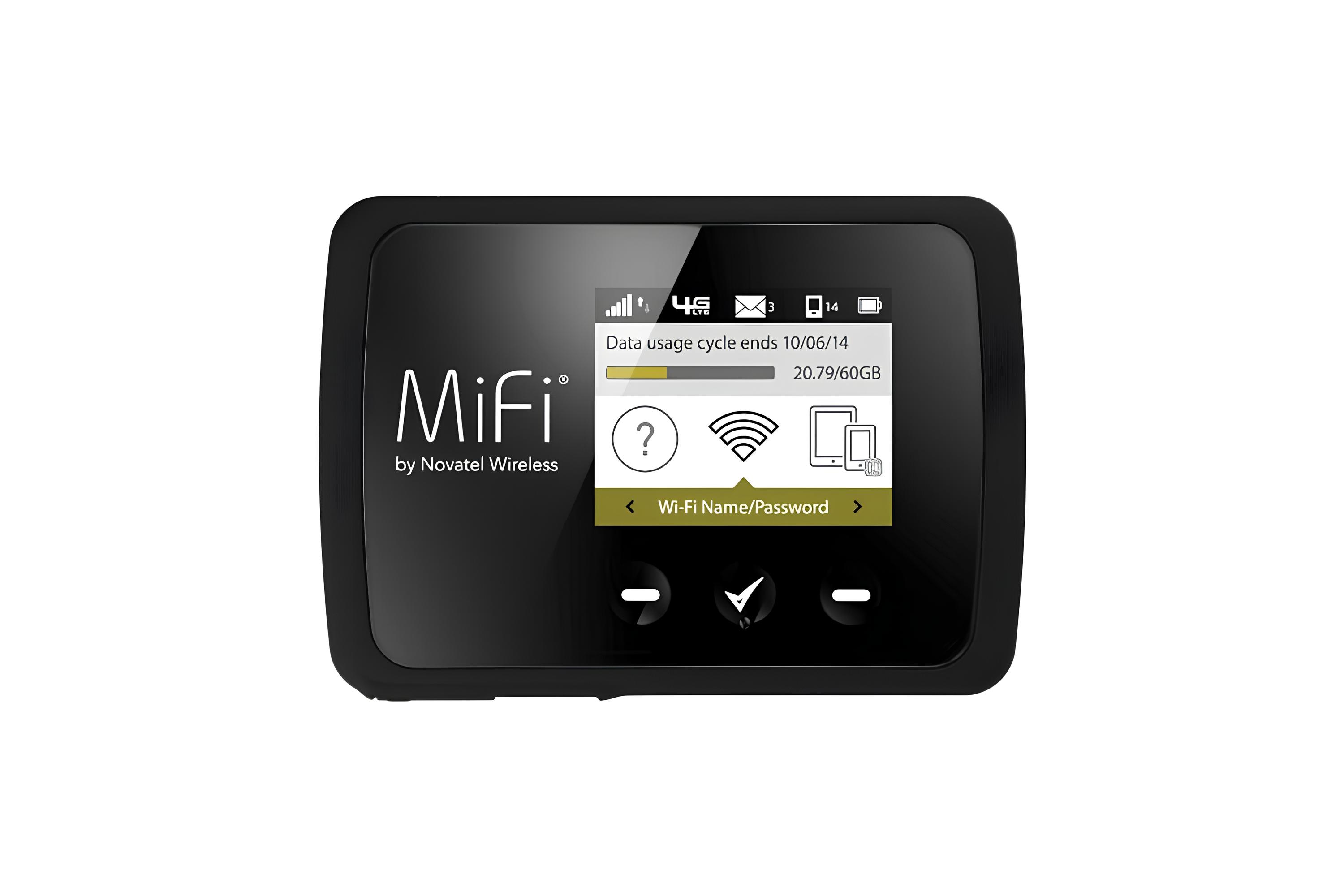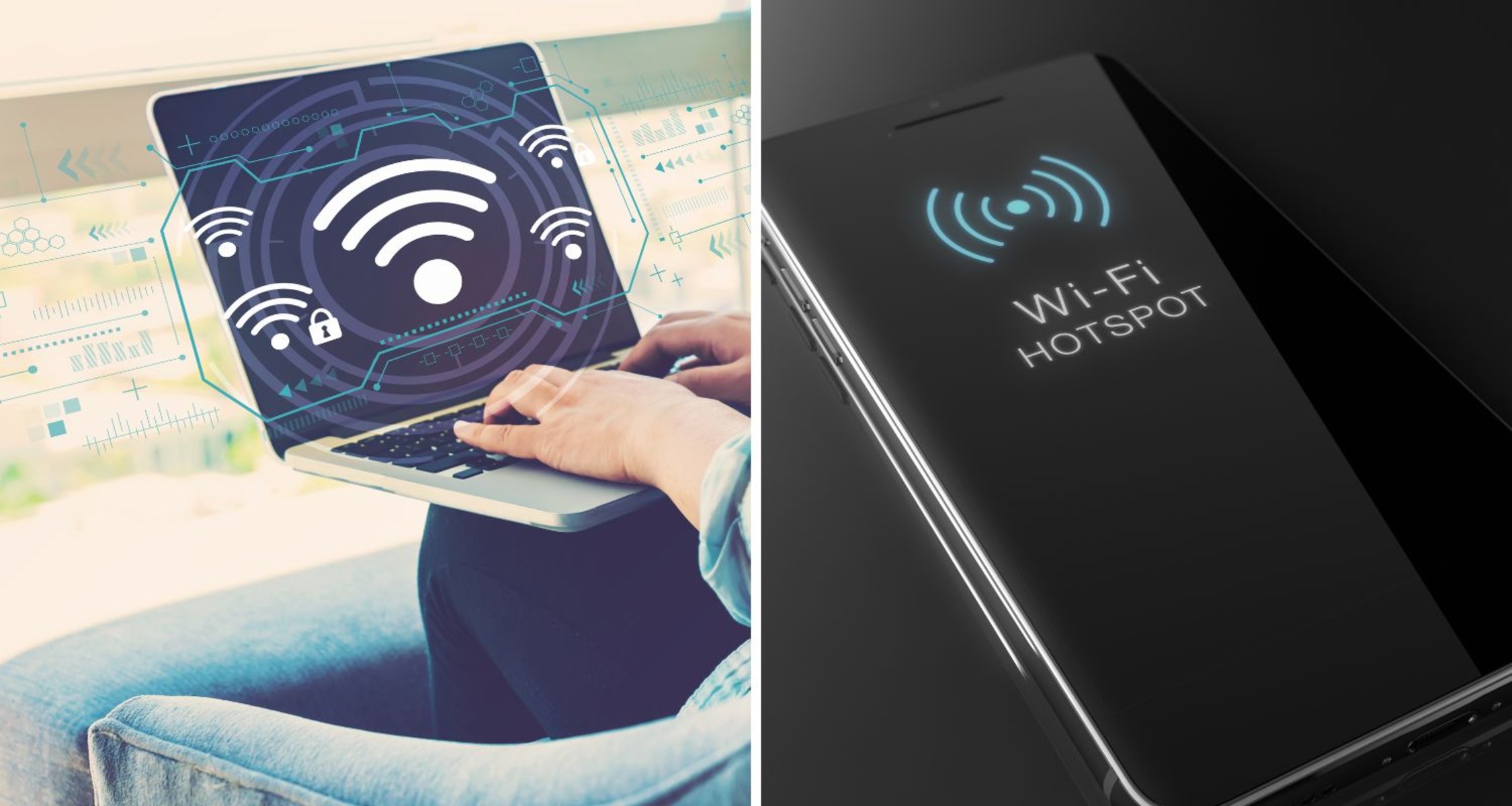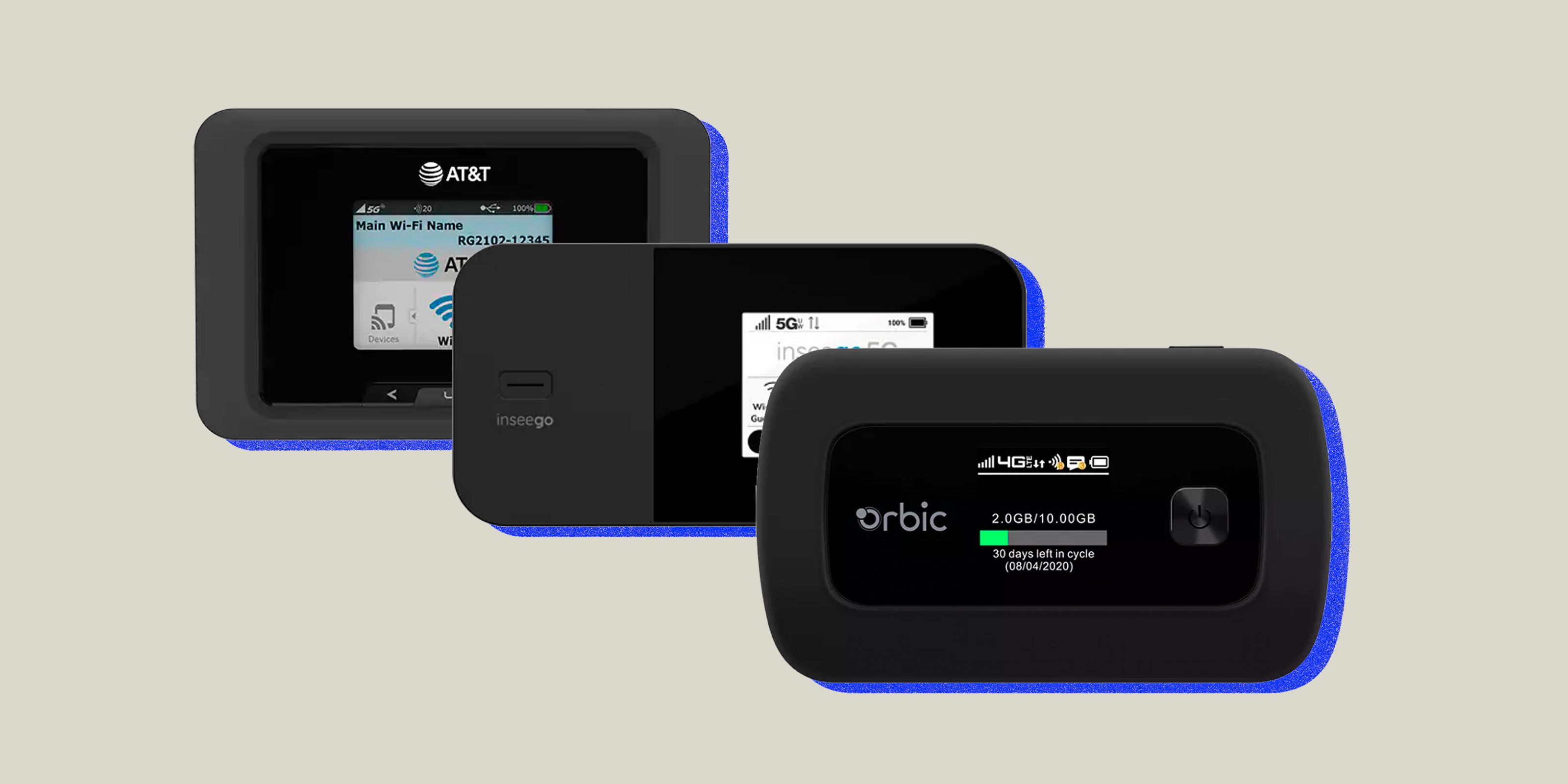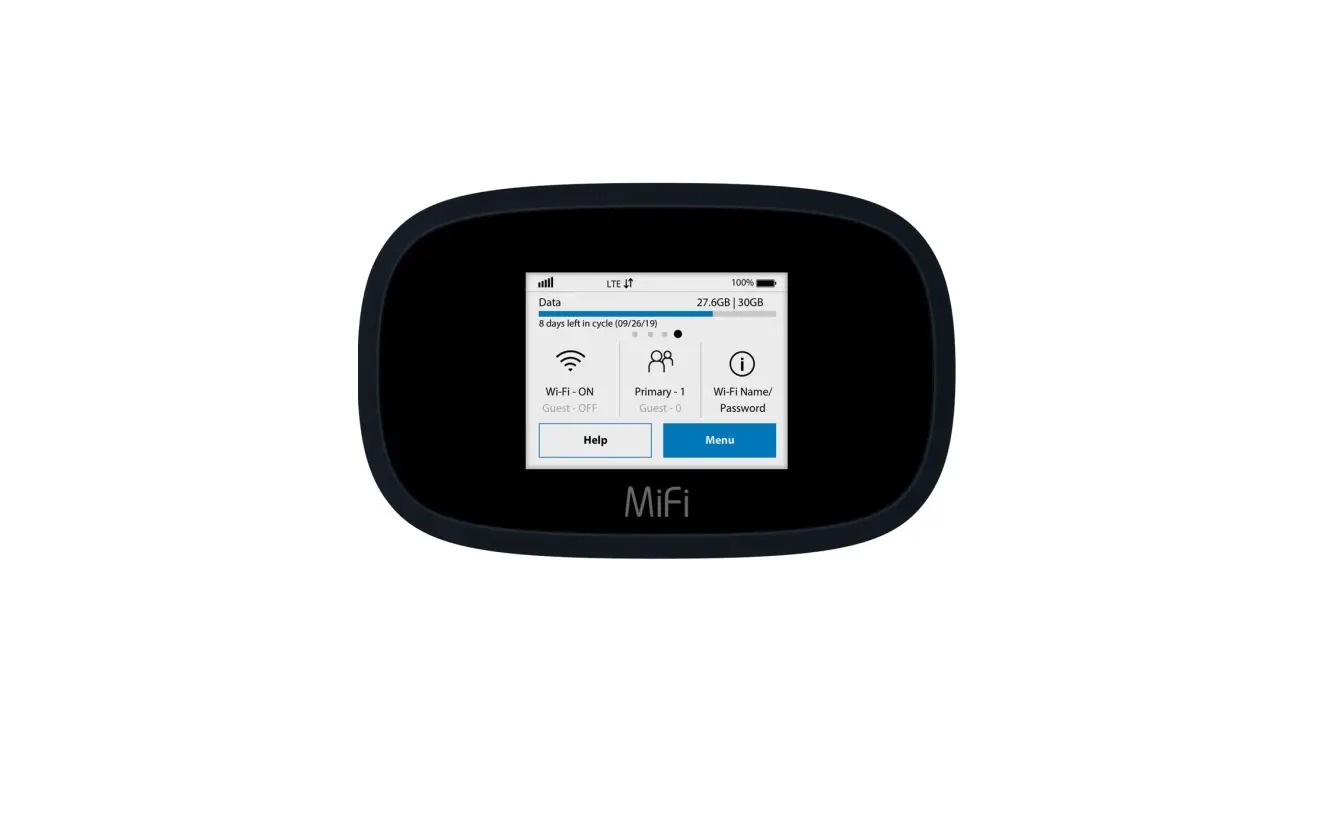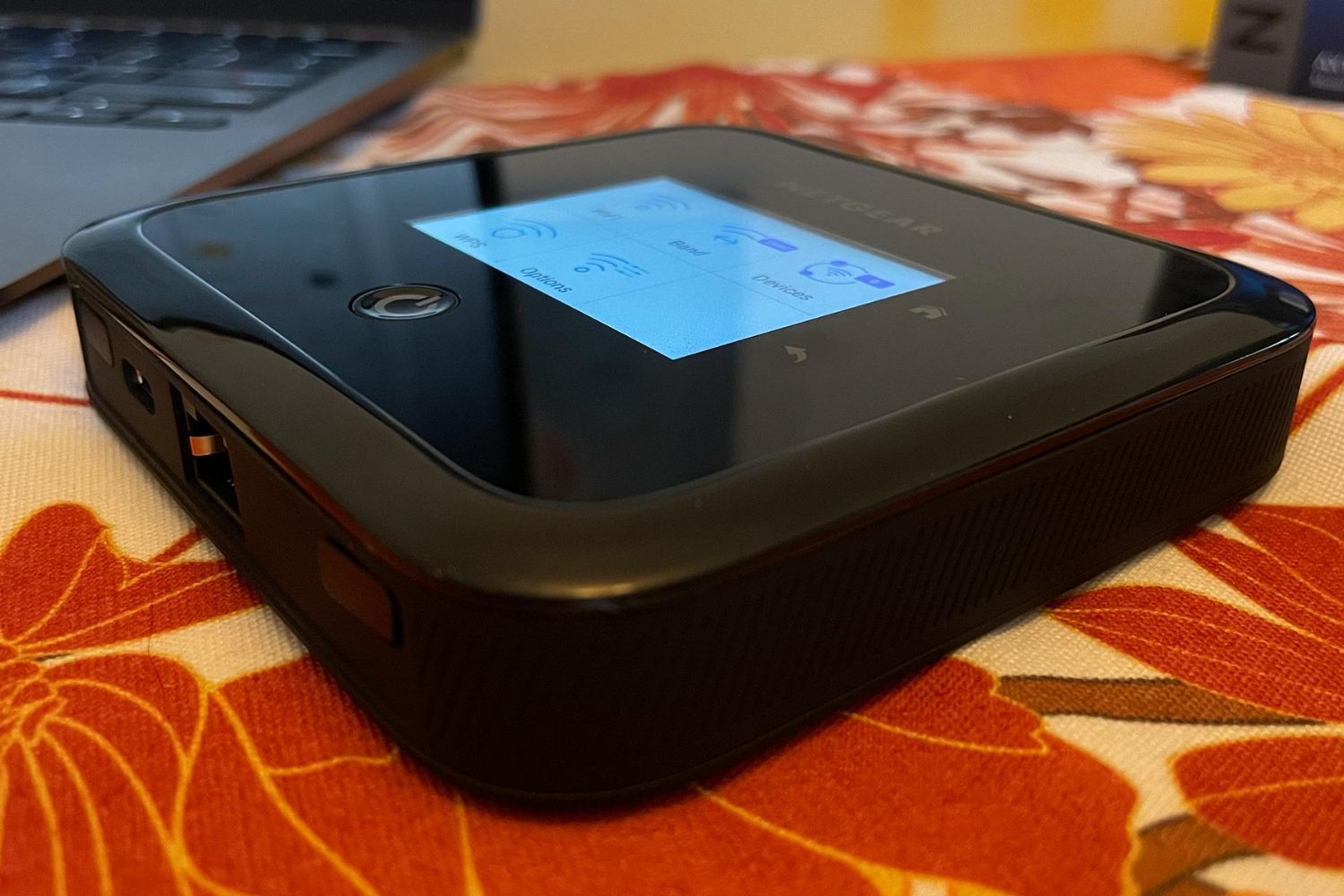Introduction
Mobile hotspots have become indispensable tools for staying connected on the go. Whether you're a digital nomad, a remote worker, or simply someone who values the convenience of having internet access wherever you are, a reliable mobile hotspot can greatly enhance your connectivity. These nifty devices provide a secure and convenient way to access the internet by creating a Wi-Fi network using cellular data. However, like all electronic devices, mobile hotspots have a limited lifespan, which can be influenced by various factors.
Understanding the factors that affect the lifespan of a mobile hotspot is crucial for maximizing its longevity and ensuring a seamless connectivity experience. In this article, we will explore the key factors that impact the lifespan of mobile hotspots, along with practical tips for extending their longevity. Additionally, we will delve into common issues that users may encounter with their mobile hotspots and provide effective solutions to address these challenges.
By gaining insights into the lifespan of mobile hotspots and learning how to mitigate potential issues, users can make informed decisions when selecting a device and optimize its performance for an extended period. Whether you rely on a mobile hotspot for work, travel, or leisure, knowing how to prolong its lifespan and troubleshoot common issues can significantly enhance your overall connectivity experience. Let's delve into the factors that influence the lifespan of mobile hotspots and discover actionable strategies for maximizing their utility.
Factors Affecting Lifespan
The lifespan of a mobile hotspot can be influenced by various factors, ranging from usage patterns and environmental conditions to device quality and maintenance. Understanding these factors is essential for effectively managing the longevity of a mobile hotspot. Here are the key elements that can impact the lifespan of a mobile hotspot:
-
Usage Patterns: The frequency and duration of usage play a significant role in determining the lifespan of a mobile hotspot. Continuous, heavy usage, such as streaming high-definition videos or online gaming, can exert considerable strain on the device, potentially leading to accelerated wear and tear. Conversely, sporadic and moderate usage may contribute to a longer lifespan.
-
Environmental Conditions: The operating environment has a substantial impact on the durability of a mobile hotspot. Exposure to extreme temperatures, humidity, dust, and physical shocks can compromise the internal components and overall functionality of the device. It is crucial to protect the mobile hotspot from adverse environmental conditions to extend its lifespan.
-
Battery Health: Mobile hotspots are equipped with rechargeable batteries, and the health of these batteries directly influences the device's lifespan. Overcharging, deep discharges, and prolonged exposure to high temperatures can degrade the battery, leading to a diminished lifespan. Adhering to best practices for battery management is essential for preserving the overall longevity of the device.
-
Quality of Components: The quality of the internal components, including the processor, memory, and networking hardware, significantly impacts the lifespan of a mobile hotspot. Devices constructed with high-quality, durable components are likely to have a longer operational lifespan compared to those with lower-grade materials.
-
Firmware Updates and Maintenance: Regular firmware updates and proper maintenance are crucial for optimizing the performance and longevity of a mobile hotspot. Updated firmware can enhance security, improve efficiency, and address potential vulnerabilities, thereby contributing to a longer lifespan for the device.
-
Network Conditions: The stability and quality of the cellular network to which the mobile hotspot is connected can affect its lifespan. Unstable or weak network signals may force the device to operate at higher power levels, potentially leading to increased strain on the internal components and a shortened lifespan.
Understanding these factors and their implications can empower users to make informed decisions about device usage, maintenance, and environmental protection, ultimately contributing to a longer and more reliable lifespan for their mobile hotspots.
Tips for Extending Lifespan
Ensuring the longevity of a mobile hotspot involves proactive measures and mindful practices. By implementing the following tips, users can effectively extend the lifespan of their devices, optimizing their performance and reliability over time.
-
Moderate Usage: Limiting the intensity and duration of usage can significantly contribute to prolonging the lifespan of a mobile hotspot. Avoiding continuous, high-demand activities such as prolonged video streaming or heavy file downloads can reduce the strain on the device, preserving its internal components and overall functionality.
-
Optimal Charging Habits: Adhering to best practices for charging the device's battery is essential for maintaining its health and extending its lifespan. Avoid overcharging the device and refrain from allowing the battery to fully deplete frequently. Opt for moderate charging cycles and utilize the manufacturer-recommended chargers to ensure the battery's longevity.
-
Environmental Protection: Shielding the mobile hotspot from adverse environmental conditions is crucial for preserving its lifespan. Protect the device from extreme temperatures, moisture, dust, and physical impacts by utilizing protective cases or covers. Additionally, avoid exposing the device to direct sunlight for prolonged periods, as excessive heat can compromise its internal components.
-
Firmware Updates: Regularly updating the device's firmware is vital for enhancing its security, efficiency, and overall performance. Manufacturers often release firmware updates to address potential vulnerabilities and improve the device's functionality. Staying current with firmware updates can contribute to the longevity of the mobile hotspot by ensuring its optimal operation.
-
Battery Maintenance: Implementing proper battery maintenance practices can significantly extend the lifespan of the mobile hotspot. Avoid subjecting the device to extreme temperature fluctuations, as this can adversely affect the battery's health. Additionally, consider replacing the battery when its performance noticeably deteriorates, as degraded batteries can impact the overall lifespan of the device.
-
Network Signal Optimization: Maintaining a stable and strong network signal can positively impact the lifespan of a mobile hotspot. Positioning the device in areas with good cellular reception and avoiding locations with weak signals can reduce the strain on the device's internal components, ultimately contributing to its longevity.
By integrating these practical tips into their usage and maintenance routines, users can effectively extend the lifespan of their mobile hotspots, ensuring reliable connectivity and performance over an extended period. Implementing these strategies not only promotes the longevity of the devices but also enhances the overall user experience, fostering seamless connectivity in various environments.
Common Issues and Solutions
Mobile hotspots, like any electronic device, are susceptible to a range of common issues that can hinder their performance and disrupt connectivity. Understanding these issues and implementing effective solutions is essential for maintaining the optimal functionality of the device. Here are some prevalent issues encountered by mobile hotspot users, along with practical solutions to address them:
-
Intermittent Connectivity: Users may experience intermittent connectivity issues, where the mobile hotspot intermittently disconnects from the network or exhibits inconsistent signal strength. This can be attributed to various factors, including network congestion, signal interference, or device-related issues. To address this, users can try relocating the hotspot to an area with better cellular reception, ensuring that it is positioned away from potential sources of signal interference, such as electronic devices or dense structures. Additionally, updating the device's firmware and ensuring that the SIM card is properly inserted can help mitigate intermittent connectivity issues.
-
Overheating: Mobile hotspots may encounter overheating, especially during prolonged usage or exposure to high ambient temperatures. Overheating can lead to performance degradation and potential damage to the device. To alleviate this issue, users can employ passive cooling methods, such as placing the device in a well-ventilated area and avoiding direct sunlight. Additionally, reducing the intensity and duration of usage during periods of high ambient temperature can help prevent overheating.
-
Battery Drain: Excessive battery drain is a common concern among mobile hotspot users, particularly when the device is engaged in continuous, high-demand activities. To mitigate battery drain, users can optimize the device's power settings, such as enabling power-saving modes when feasible. Additionally, carrying a portable power bank or spare battery can provide an alternative power source, ensuring uninterrupted connectivity.
-
Security Vulnerabilities: Mobile hotspots are susceptible to security vulnerabilities, especially if they are not regularly updated or configured with robust security measures. Users can address this issue by regularly updating the device's firmware and implementing strong, unique passwords for network access. Utilizing encryption protocols, such as WPA2 or WPA3, can further enhance the security of the hotspot's network.
-
Device Freezing or Unresponsiveness: At times, mobile hotspots may exhibit freezing or unresponsiveness, impeding normal operation. Users can troubleshoot this issue by performing a soft reset of the device, which involves powering it off and on again. If the problem persists, performing a factory reset or seeking technical support from the manufacturer may be necessary to restore the device's functionality.
By being aware of these common issues and implementing the corresponding solutions, users can effectively mitigate potential challenges and ensure a seamless connectivity experience with their mobile hotspots. Proactive troubleshooting and adherence to best practices can significantly enhance the reliability and performance of these essential devices, empowering users to stay connected with confidence.
Conclusion
In conclusion, understanding the factors that influence the lifespan of mobile hotspots is essential for maximizing their longevity and ensuring uninterrupted connectivity. By considering usage patterns, environmental conditions, battery health, component quality, firmware updates, and network stability, users can make informed decisions to prolong the lifespan of their mobile hotspots. Implementing practical tips, such as moderating usage, optimizing charging habits, protecting the device from environmental stressors, and staying current with firmware updates, can significantly contribute to extending the device's operational lifespan.
Furthermore, being mindful of common issues such as intermittent connectivity, overheating, battery drain, security vulnerabilities, and device unresponsiveness empowers users to proactively address potential challenges and maintain the optimal functionality of their mobile hotspots. By leveraging the provided solutions and best practices, users can navigate these issues effectively, fostering a reliable and seamless connectivity experience.
Ultimately, mobile hotspots serve as invaluable tools for individuals and professionals who rely on consistent internet access in various settings. By incorporating the insights and strategies outlined in this article, users can optimize the performance, reliability, and longevity of their mobile hotspots, thereby enhancing their overall connectivity experience.
As technology continues to evolve, the lifespan of mobile hotspots can be further extended through advancements in battery technology, network infrastructure, and device design. Manufacturers are continuously striving to enhance the durability and efficiency of these devices, offering users an array of options designed to meet diverse connectivity needs.
In essence, by staying informed about the factors influencing lifespan, implementing proactive measures for maintenance and optimization, and being equipped with troubleshooting strategies, users can make the most of their mobile hotspots while ensuring sustained connectivity in an increasingly digital world. With a thoughtful approach to usage, maintenance, and issue resolution, mobile hotspots can continue to serve as indispensable companions, facilitating seamless connectivity and empowering users to stay connected with confidence, flexibility, and reliability.











